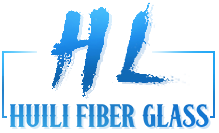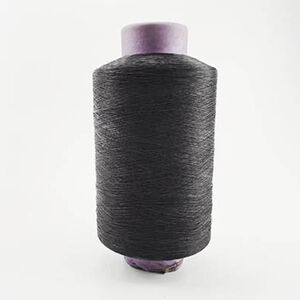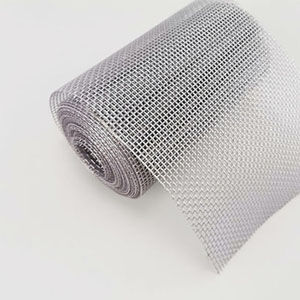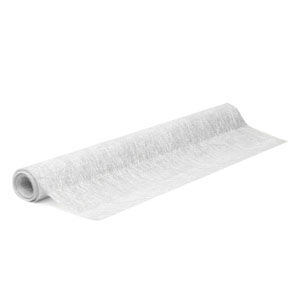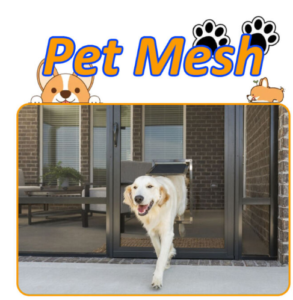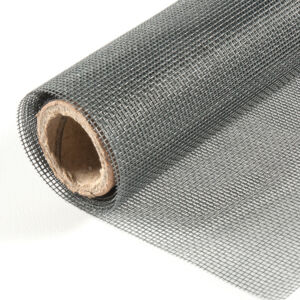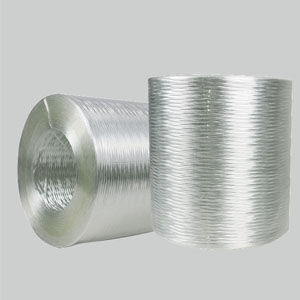Excellent Properties of Fiberglass Yarn and Its Application Prospects
Fiberglass yarn is a versatile and durable material used in various industries due to its remarkable properties. Known for its strength, flexibility, and resistance to heat, chemicals, and electrical conductivity, fiberglass yarn has become a popular choice for numerous applications. In this article, we will explore the excellent properties of fiberglass yarn and the promising application prospects it offers in industries such as construction, automotive, aerospace, and more. 1. High Tensile Strength and Durability Fiberglass yarn is renowned for its high tensile strength, making it a durable and reliable material for demanding applications. The fibers in the…
